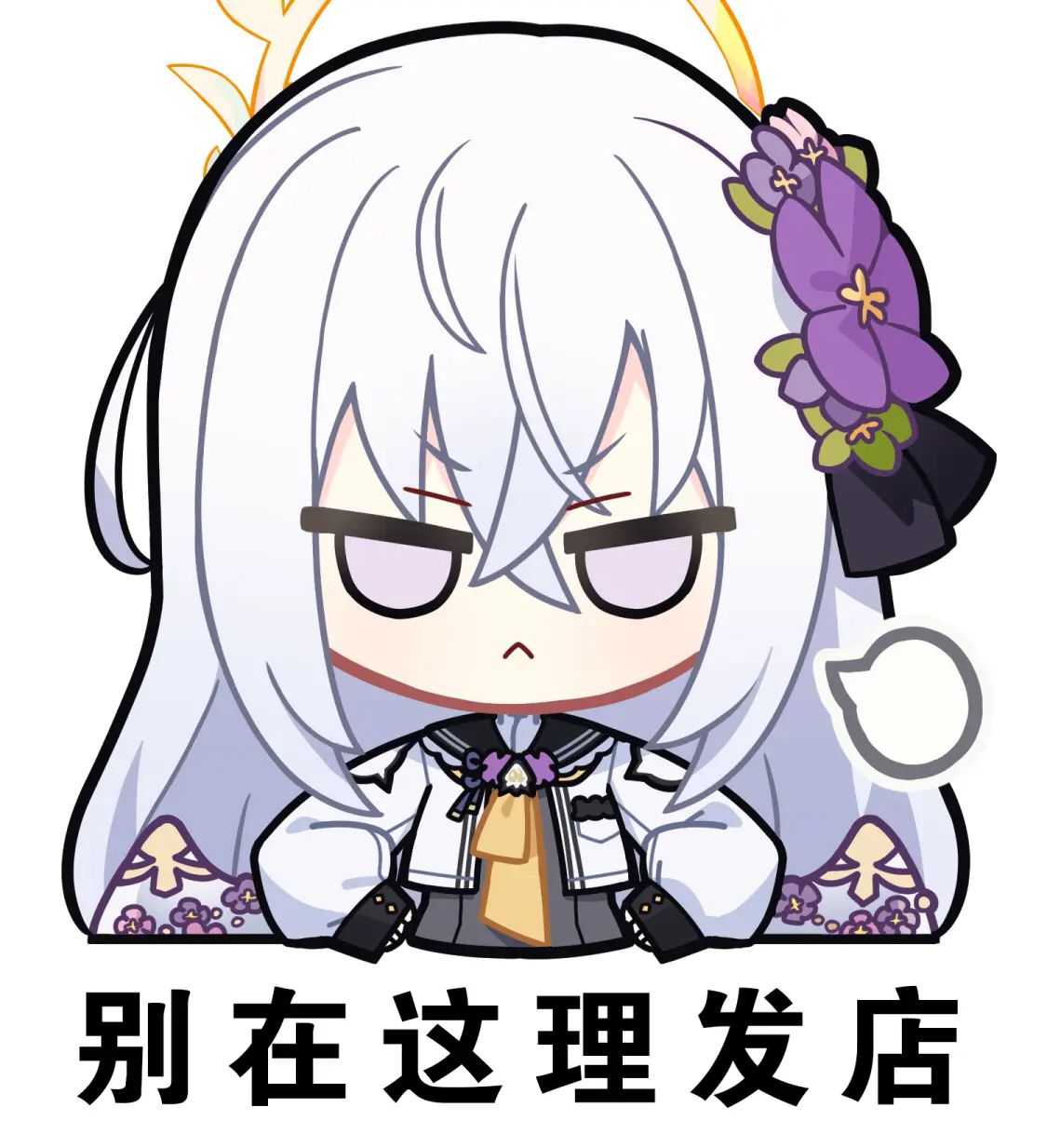hexo 英文文档 上提供了一个讲解 theme 的视频:
https://www.youtube.com/watch?v=5ROIU_9dYe4
根据上面的视频学习。
hexo 的 themes 文件夹是从 layout.ejs 开始渲染的,所有的页面都会使用这个页面。
而 index.ejs, about.ejs, post.ejs, page.ejs 只是作为 body 内容被渲染在 layout.ejs 中。
以首页为例子,如何生成首页的 html 首先查看 layout.ejs 的代码,里面包含了整个页面最基础的元素 <html>, <head>, <body> 。我们可以看到代码中有一个 body 变量,在生成页面的时候,所有内容都经过它填充成为一个完整的页面。
layout.ejs 1 2 3 4 5 6 7 8 9 10 11 12 13 14 15 16 17 18 19 20 21 22 23 24 <!DOCTYPE html> <html lang="en"> <%- partial('partials/head') %> <!-- hack iOS CSS :active style --> <body ontouchstart=""> <%- partial('partials/nav') %> <%- partial('partials/search-page') %> <%- body %> <%- partial('partials/footer') %> <!-- Image to hack wechat --> <!-- <img src="/img/wechat.jpg" width="0" height="0" /> --> <!-- Migrate from head to bottom, no longer block render and still work --> </body> </html>
接下来看看博客首页是如何生成的。首先博客首页会加载 index.ejs 的代码,这部分的代码在最开始的几行代码中指定了 layout:page 。这会导致该页面也是会作为 body 传递的,传递到指定的 page.ejs 中。
index.ejs 1 2 3 4 5 6 7 8 9 10 11 12 13 14 15 16 17 18 19 20 21 22 --- layout: page --- <%- partial('partials/recent-posts') %> <!-- Pager --> <% if (page.total > 1) {%> <ul class="pager"> <% if (page.prev){ %> <li class="previous"> <a href="<%- config.root %><%- page.prev_link %>">← Newer Posts</a> </li> <% } %> <% if (page.next){ %> <li class="next"> <a href="<%- config.root %><%- page.next_link %>">Older Posts →</a> </li> <% } %> </ul> <% } %>
然后查看 page.ejs 的代码,上面的 index.ejs 的内容作为 body 被渲染到这部分的代码中。然后这个 page.ejs 的代码再作为 body 渲染到我们最初看到的 layout.ejs 中,形成了一个页面。
page.ejs 1 2 3 4 5 6 --- layout: layout --- ...... <%- body %> ......
如果这篇文章对你有帮助,那么不妨?
꒰ঌ(🎀ᗜ`˰´ᗜ🌸)໒꒱
